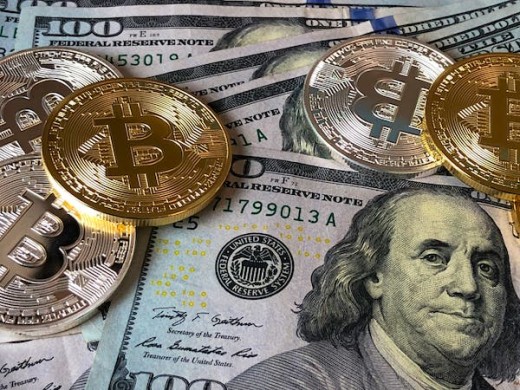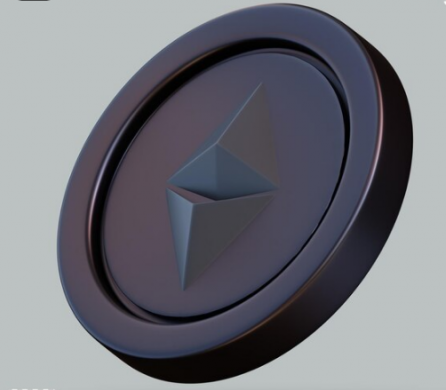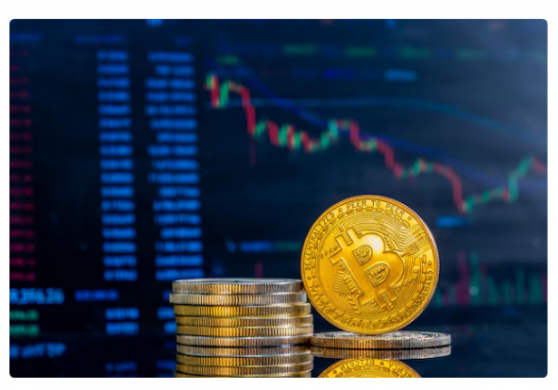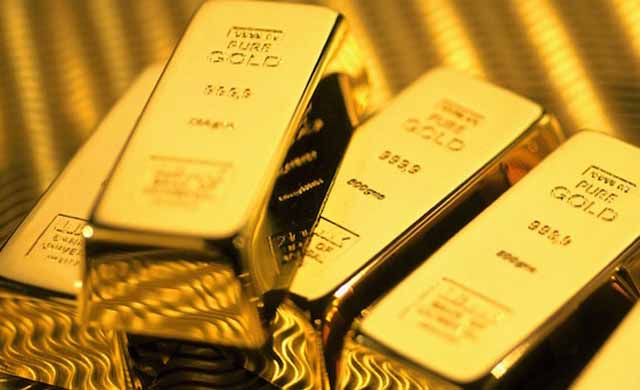I first looked at N Brown (LSE:BWNG) in May 2017, when the share price was £2.68, and concluded that I would buy when the money came through from selling a property. While I was waiting the share shot up to over £3.50. I decided not to buy.

Now that it has fallen back to £2.74 (market capitalisation £777m) I need to analyse again. This analysis will be include new information from the half-year result to 2nd September.
Earlier Newsletters (4th – 12th May 2017, 30th June 2017) give more detailed background and qualitative analysis than I’m going to provide here – there is no point in repeating it all.
But I will draw key information from those Newsletters and update where I can.
The main emphasis will be on cyclically adjusted price earnings ratio and return on net tangible assets, leading to a new valuation.
Brief description of the company
N Brown is a collection of fashion brands. It mostly sells online (72%), but still sells quite a lot using paper catalogues.
It has around a dozen specialised niches, with a reputation for serving larger people and older people.
Some of it brands are well-known, e.g. Simply Be is advertised on TV a lot at the moment, Tall & Mighty is well-known to larger men. Others are more niche, e.g. Julipa for corsetry.
It sell over £600m of clothing and other merchandise per year, but also makes a significant amount of money from supplying finance to its 4 million regular customers – revenue in its finance division is over £260m.
Cyclically adjusted price earnings ratio, CAPE
By adding the earnings for the six months to 2nd September (after doubling them) I have 11 years of earnings, which should represent a mixture of market circumstances. By reflecting trading through the cycle, an average EPS will help us gauge a conservative estimate of likely future earnings.
| Pence per share | Earnings (basic) | Earnings (adjusted) | Dividends | ||
| 2018 first half doubled | -15 | 17.54 | maintained | ||
| 2017 | 15.67 | 22.74 | 14.23 | ||
| 2016 | 19.23 | 24.02 | 14.23 | ||
| 2015 | 18.15 | 24.61 | 14.23 | ||
| 2014 | 27.09 | 27.74 | 14.23 | ||
| 2013 | 28.51 | 28.04 | 13.68 | ||
| 2012 | 29.28 | 28.84 | 13.03 | ||
| 2011 | 26.04 | 26.88 | 12.41 | ||
| 2010 | 22.83 | 24.77 | 10.79 | ||
| 2009 | 22.88 | 21.96 | 9.19 | ||
| 2008 | 21.16 | 20.27 | 9.06 |
Dividend yield is 14.23p/274p = 5.2%. That is pretty attractive. I believe prospects of it being sustainable are good given the large amounts of free cash flow generated from operations. Also note that through the last recession dividends grew.
I do not like the way the managers write off shareholders’ money that they have lost on say selling duff insurance policies (PPI) as “exceptional cost”.
Just because the losses cannot be
………………To read the rest of this article, and more like it, subscribe to my premium newsletter Deep Value Shares – click here http://newsletters.advfn.com/deepvalueshares/subscribe-1

 Hot Features
Hot Features












